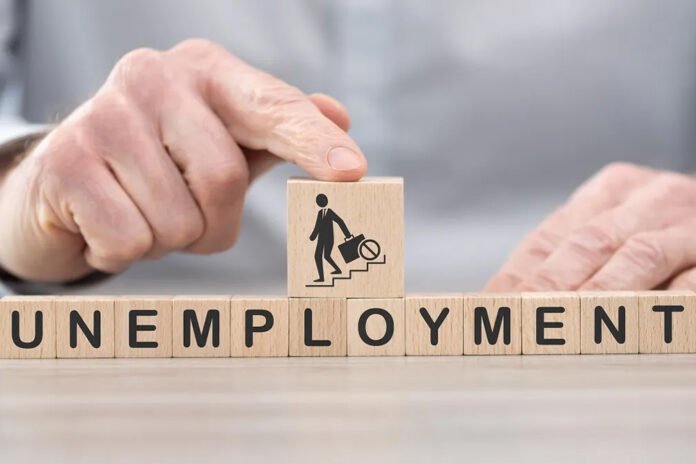Australia’s unemployment rate climbed to 4.3% in June 2025, up from 4.1% in May, marking its highest level since November 2021, according to the Australian Bureau of Statistics (ABS). The increase reflects an additional 34,000 unemployed individuals, despite a modest net addition of just 2,000 jobs during the month—well below the forecasted 20,000—highlighting a shift in the labour market. Full-time employment declined by approximately 38,200 positions, offset by a gain of around 40,000 part-time jobs. This shift pushed total hours worked down by 0.9%, while the underemployment rate rose to 6.0%, and the combined underutilisation rate reached 10.3%. Despite job losses, the participation rate edged up slightly to 67.1%, and the employment-to-population ratio remained steady at 64.2%.
Economists argue the data signals a cooling in an otherwise resilient labour market. Oxford Economics noted that the slip in employment adds urgency to calls for interest rate cuts by the Reserve Bank of Australia (RBA). The unexpected rise in unemployment has shifted market sentiment, with a Reuters report suggesting increased expectations for an RBA rate cut in August.
Analysts from Capital Economics and Goldman Sachs project a possible 25 basis point rate cut, with some readiness for a steeper 50-point move if upcoming inflation data remains subdued. These forecasts reflect growing pressure on the RBA, as the unemployment rate jumped six months ahead of official expectations.
Treasurer Jim Chalmers and ABS head Sean Crick acknowledged the rise in unemployment, attributing it to global economic uncertainty and domestic shifts in full-time and part-time employment. Despite this downturn, youth unemployment hit 10.4%, reaching levels not seen since late 2021.
The surge in joblessness and fall in hours worked have ramped up expectations for an RBA policy easing cycle. Financial markets have reacted accordingly: the Australian dollar has weakened, while bond yields have declined amid growing anticipation of lower interest rates .



